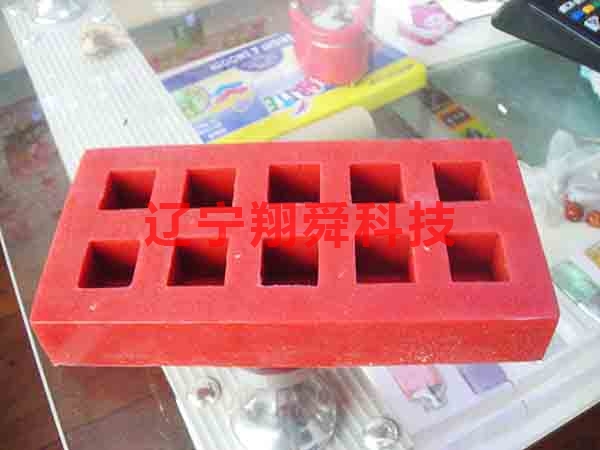
Digital coal rock analysis what is coal rock analysis
Coal is a solid combustible organic rock. Coal and rock science is the science of studying the material composition, structure, properties, genesis and rational utilization of coal by using coal as an organic rock. There are several ways to classify:
Mirror coal
The color of the mirror coal is dark black and strong, and it is the darkest color and the strongest gloss in coal.
Mirror coal features:
1 The texture is pure, the structure is uniform, with shell-like fractures and endogenous fissures. 2 mirror coal brittle, fragile into angular pieces. 3 In the coal seam, the mirror coal is often in the form of a convex lens or a strip, and the strip is several millimeters to 1 to 2 cm thick, and sometimes exists in a linear shape in the bright coal and the dark coal.
The microscopic composition of the mirror coal is single, mainly due to the gelation of the woody microstructure of the plant.
Properties: high V, H, strong adhesion, less mineral content
2. Silk charcoal
Appearance is like charcoal, the color is grayish black, with obvious fibrous structure and silky luster. The charcoal is loose and porous, brittle and brittle, and can be dyed. The cell of silk is sometimes filled with minerals, called mineralized silk charcoal. The mineralized silk charcoal is hard and dense, and has a large specific gravity.
The amount of silk charcoal in the coal seam is generally small, often in the form of a flat lens. Under the microscope, the microscopic composition of the silk charcoal is also single, which is a simple coal rock component, mainly due to the lack of water in the plant lignocellulosic structure. Slow oxidation in an oxygen environment or due to a forest fire.
Features:
1 In the coal seam, the silk charcoal is usually distributed along the bedding plane of the coal seam, and the thickness is between 1 and 2 mm to several millimeters, sometimes forming a discontinuous thin layer; in some areas, the thickness of the carbon layer can be Up to several tens of centimeters.
2 The carbon fiber has a large porosity and a strong oxygen absorption, and the coal layer with more carbon carbon is prone to spontaneous combustion.
Properties: compact and hard, high specific gravity, low H, high C, low V, non-adhesive, poorly selectable, and large pores.
3. Bright coal
The luster of bright coal is second only to mirror coal, which is generally black, and the composition of bright coal is more complicated. It is formed by gelation of plant lignocellulosic tissue under the conditions of water-reducing reduction and incorporating some other components and mineral impurities brought by water or wind.
Features:
1 is brittle and brittle, the section is relatively flat, and the specific gravity is small. 3 The uniformity of bright coal is not as good as that of mirror coal, and the surface is faintly visible. 4 bright coal sometimes has endogenous fissures, but not as good as mirror coal. 5 often thicker stratification, sometimes even forming the entire coal seam.
Bright coal is the most common macro-coal component in coal seams.
The properties of bright coal are close to that of mirror coal, but the quality is worse than that of mirror coal.
4. Dark coal
Dark coal has a dull, generally grayish black color. The composition of dark coal is more complicated. It is formed by enriching the chitin group, the inert group or incorporating more minerals under the condition of living water aerobic. Dark coal containing inert groups or minerals.
Features:
1 Dense and hard, large specific, tough, not easy to break, rough section, 2 generally does not develop endogenous fissures. 3 In the coal seam, dark coal is a common macro-coal component, often in thick and thin stratification, and can also form the entire coal seam.
Properties: Depends on the content of each component, such as rich in stable components, high in V and H, strong in cohesiveness; rich in silk charring components, high in mineral content, high in density, low in V and weak in bonding.

















